by Liane Angerman, Associate Editor
Published on November 24th, 2012
Sexy Sustainability
Hot cars: emerging energy solutions.
The sight of her stirred me in a bizarre new way. Could this be the start of an affair? All eyes were on her. She was stunning, elegant. Silently she beckoned. Irresistibly, I drew nearer. All my prior judgments were quickly melting away. I leaned over to ask another guy in the crowd if he knew her name.
“They call her Tesla.”
Welcome to the new frontier of sexy sustainability. We live in a society whereby technology sustains us, while we embrace lifestyles which include more sustainable technologies. By shifting global oil consumption and minimizing our collective carbon footprint, the world is racing to discover alternative energy solutions.
Electric vehicles (EV), as we have known them, are taking on a flashier form. Both foreign and domestic automakers alike are dazzling the world stage with their innovative electric and hybrid cars. Positioned to reduce emissions and embrace sustainable energy solutions, the dance of the electric sports car is catching on.
Hailing from Silicon Valley, the electric-green Tesla Roadster, with her 115-pound engine, 295 pounds of torque, plus an 80 kilo Watt hour (kWh) battery, is turning heads wherever she goes. The first electric vehicle was introduced pre- Gulf war prior to the oil price spike. By the end of 2012, there will be 5,000 Teslas zooming around.
According to www.teslamotors.com, “petroleum currently fuels 95 percent of the U.S. transportation sector, a sector that demands nearly 28 percent of total energy usage.”
Audi, BMW, Acura and Mercedes are in hot pursuit of the spotlight; all have made a pronounced impact on the sustainability EV buzz. The Mercedes F125! debuted in Frankfurt at the 2011 International Motor Show. Professor Herbert Kohler, who heads up the research and technologies at Daimler, attests that by 2025 this model will be entirely electrically-powered. Kohler states the F125! “(currently) draws its energy from a high-performance, on-board hydrogen fuel cell” located behind the back two seats, which recharges while it drives. Compared to the Tesla, which achieves 245 miles on a full charge from a 220V outlet, the F125! consumes only 7.5 kilograms of hydrogen to cover 660 miles. The BMWi8 Concept is the next step of a combination plug-in hybrid and combined with a modified electric drive system (also in the BMWi3 Concept). It contains a three-cylinder combustion engine, with an electric drive system fitted over the front axle, to produce 354 horse power; the combination fulfills the power of a sports car (0-60 in 5 seconds) with the gas consumption of a small car.
In hot pursuit, Acura from Ohio is tinkering on its next superstar. The Acura NSX Supercar will be out in 2015 with a sport hybrid all-wheel-drive mid-mounted V-6 engine. Hiroshi Takemura, president of Honda R&D Americas, Inc. states, Honda’s “rich history of creating innovative new products for our customers … demonstrates the maturity of our organization … and their ability to create an advanced and innovative supercar.”
Reducing the drain on the power grids with growing solar, wind and hydrogen alternatives is placing North America onto the fast track of renewable energy solutions. We watch television, Skype and complete our banking in the palm of our hand, because it is convenient and efficient. Now we can own provocative sports cars that nurture the environment, are practical and are no longer a fantasy.
Electric Cars Comparison Chart
| Cars Models |
Primary Electric |
Fuel Required |
Acceleration |
| Tesla S |
yes |
no |
0-60mph/5.6s |
| TESLA Roadster |
yes |
no |
0-60mph/4.4s |
| Mercedes F125I |
no (will be by 2025) |
yes (hydrogen) |
0-60mph/4.9s |
| BMWi3 |
no |
yes 2.7L/100km |
0-60mph/<5s |
| BMWi8 Spyder |
no |
yes 2.7L/100km |
0-60mph/<5s |
| Audi R8 e-tron |
|
|
|
| Spyder |
yes |
no |
0-60mph/4.6s |
|
|
|
|
Cars Models
|
Primary Electric |
Fuel Required |
Acceleration |
| Tesla S |
5 adults +2 kids |
160/230/300 miles/kWh batt |
160/230/300 miles/kWh batt |
| TESLA Roadster |
2 |
245 miles |
245 miles |
| Mercedes F125I |
4 |
n/a |
660 miles |
| BMWi3 |
2 |
20 miles |
unltd@2.7L/100km |
| BMWi8 Spyder |
4 |
20 miles |
unltd@2.7L/100km |
| Audi R8 e-tron |
4 |
|
|
| Spyder |
2 |
215km/133.59 mi |
215km/133.59 mi |
|
|
|
|
Cars Models
|
Primary Electric |
Fuel Required |
Acceleration |
| Tesla S |
lithium ion |
110/22OV outlet |
40/60/85 kWh |
| TESLA Roadster |
lithium ion |
110/22OV outlet |
56kWh |
| Mercedes F125I |
lithium-sulpher |
|
50kWh(front) 100kWh(rear) |
| BMWi3 |
lithium-ion |
22OV outlet |
125kWh |
| BMWi8 Spyder |
lithium-ion |
22OV outlet |
164kWh |
| Audi R8 e-tron |
|
|
|
| Spyder |
lithium-ion |
22OV outlet |
49kWh |
|
|
|
|
Cars Models
|
Primary Electric |
Fuel Required |
Acceleration |
| Tesla S |
3-phase alternating current induction |
325 |
362 |
| TESLA Roadster |
3-phase alternating current induction |
295 |
288 |
| Mercedes F125I |
3 cylinder hydrogen/electric |
54 231 |
(330 peak) |
| BMWi3 |
TwinPower Turbo/electric |
148 |
220 |
| BMWi8 Spyder |
TwinPower Turbo V6/electric |
221(rear) |
354 |
| Audi R8 e-tron |
|
|
|
| Spyder |
mid-mounted V-6 |
605 |
300 |
|
|
|
|
Did you enjoy this article?

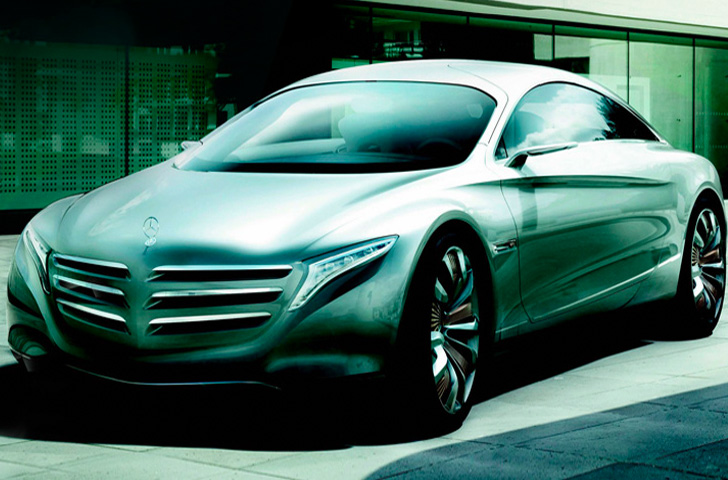
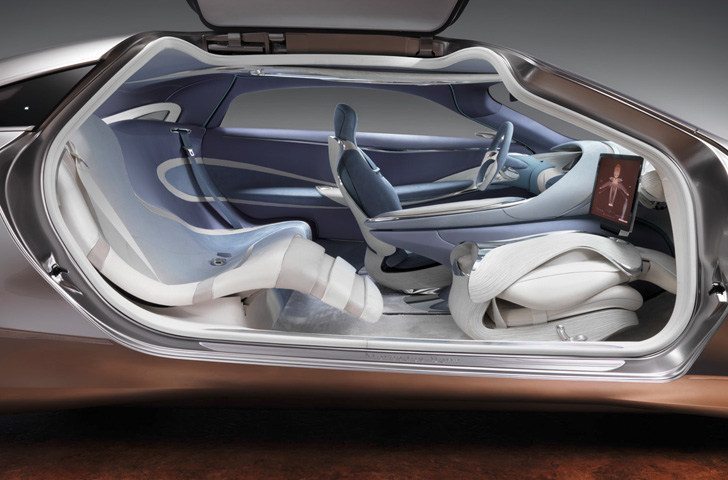
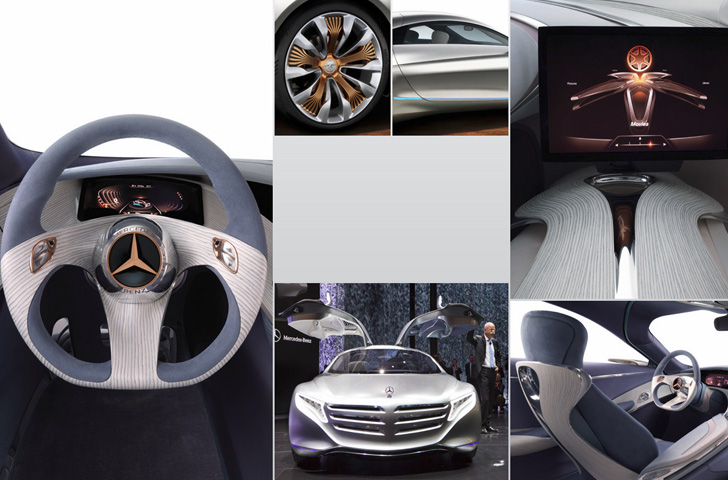
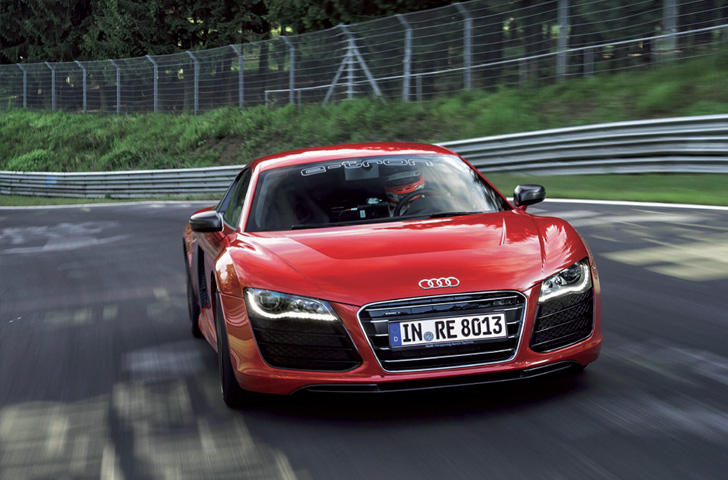
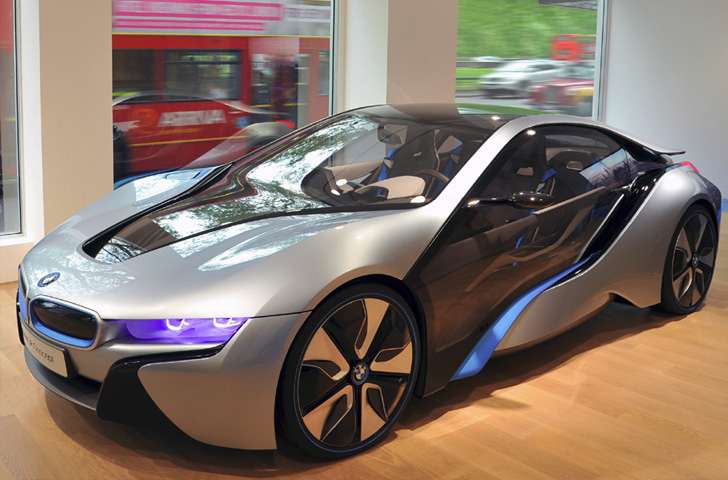
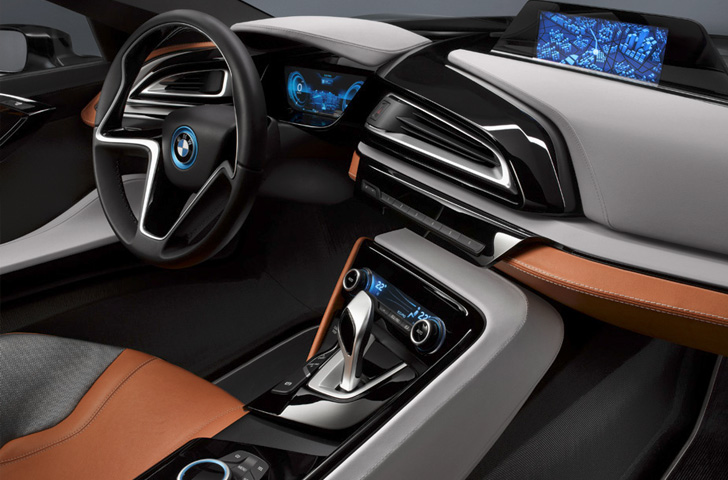
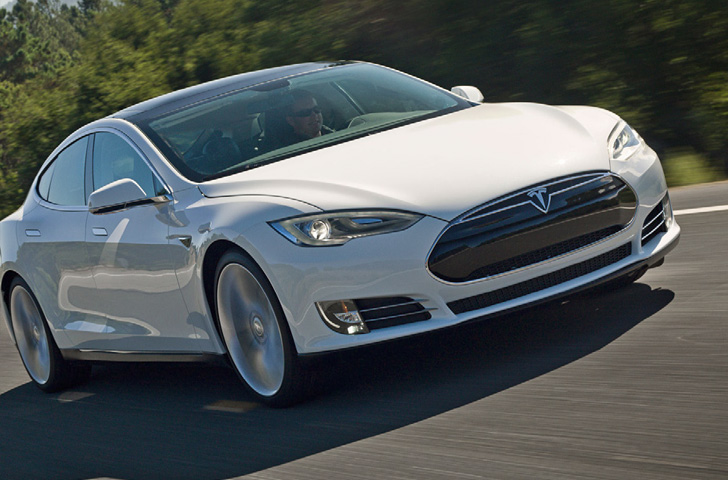
 Penney Mazda, Collision Experts, Toyota Plaza and Penney Kia achieve ISO 9001 Certification
Penney Mazda, Collision Experts, Toyota Plaza and Penney Kia achieve ISO 9001 Certification The Continental Gt V8 S: Harder, Better, Faster, Stronger
The Continental Gt V8 S: Harder, Better, Faster, Stronger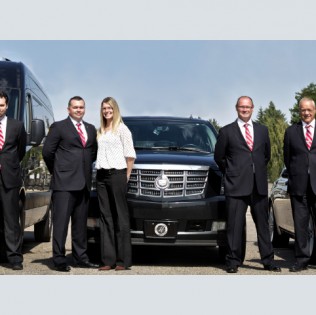 Highland Executive Chauffeur … At Your Service!
Highland Executive Chauffeur … At Your Service!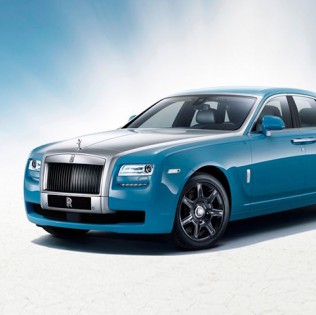 100 Years of Excellence
100 Years of Excellence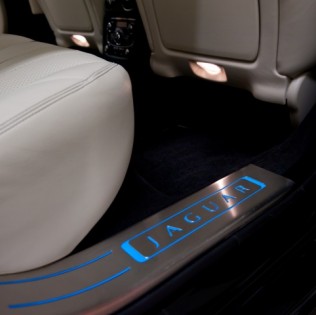 Essential Luxury - When Leather and Innovation Collide
Essential Luxury - When Leather and Innovation Collide
